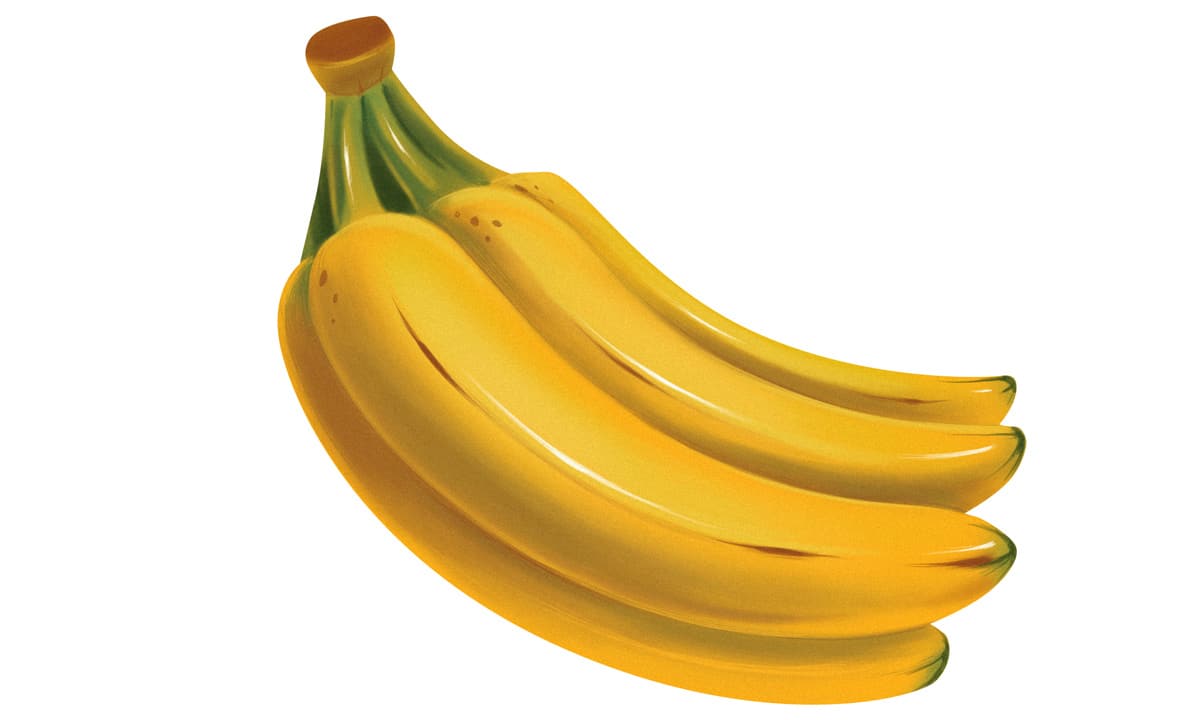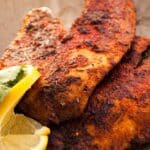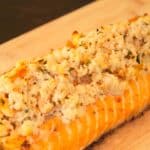“Prebiotics” is a catch-all term that refers to all the different kinds of fiber that encourage beneficial species of gut flora to grow. You can’t digest them, but your gut flora can - and more food for the gut flora means more flora in very short order. Prebiotics are not the same thing as probiotics:
- PREbiotics provide food for the bacteria already living in your gut.
- PRObiotics provide a direct infusion of bacteria that weren’t there before.
“Synbiotics” refers to supplements that combine probiotics and prebiotics.
There are many different types of potentially prebiotic fibers, and scientists don’t even really agree on specifically what types of fibers count as “prebiotics” and which ones don’t. To be officially “prebiotic,” a type of fiber has to not just change the gut microbiome, but change in beneficial ways – but we know so little about the gut flora that it’s hard even pinning down what counts as “beneficial.” Resistant starch is one type of prebiotic, but it’s only one; another example is inulin, a fiber found in bananas, onions, and garlic (and low-fat salad dressings, but you shouldn't be eating those, anyway).
In any case, it’s certainly true that some of the commonly-accepted “prebiotics” have powerful effects on gut health, so here’s a look at what they do and how.
What are the Health Benefits of Prebiotics?
This review covers some of the health benefits of prebiotics.
The first benefit that probably comes to mind for prebiotics is better gut flora health, but the evidence for benefits is actually fairly inconclusive. On the one hand, prebiotics definitely do modify the gut flora, but on the other hand, it’s not clear that this translates into an improvement in any actual diseases or conditions.
When it comes to a healthy gut, just having any old bacteria hanging around in there isn’t enough. Nobody’s totally sure what the “ideal” gut flora composition is (if there even is one single ideal), but there are a few types that we can tentatively label as “good,” in the “you probably want more of them” sense.
Prebiotics selectively increase the number of two of those types: bifidobacteria and lactobacilli. That sounds very promising, but unfortunately, studies on the effectiveness of prebiotics for actual diseases have been pretty disappointing. Studies for the usual culprits – diarrhea, constipation, and related symptoms – are inconclusive at best and a lot of them show no real benefit. Prebiotics are also beings studied for specific diseases (Irritable Bowel Syndrome, Inflammatory Bowel Disease, mental health and mood disorders, and even cancer) but the trials in humans so far are inconclusive.
On the other hand, though, it’s not as though there’s no evidence at all for the benefits. For one thing, prebiotics are fermented into short-chain fatty acids, which provide energy for the cells lining the gut wall. This could potentially be protective against colon cancer and other diseases.
There’s also a surprisingly off-the-wall effect that has a lot of evidence behind it: prebiotics increase absorption of calcium and improve bone mineral density. Not exactly the first benefit anyone thinks of when it comes to the gut flora, but hey, why not?
Overall, prebiotics fall into the category of “promising, but not proven.” It’s very possible, especially from anecdotal reports, that they do have health benefits, but it’s way too early to make any definitive statements.
What Foods Contain Prebiotics

Prebiotics are probably already in your diet; you just didn’t realize it. Some foods high in prebiotic fibers include:
- Dandelion greens
- Garlic and onions (and any vegetables in that family, e.g. leeks)
- Asparagus
- Bananas
- Chicory (used in coffee substitutes)
In general, raw foods have more prebiotic fibers than cooked foods.
Prebiotic fibers are also commonly added to processed foods like low-fat salad dressings and low-fat yogurt to reduce calories without affecting taste. These foods aren’t good sources of prebiotics from a Paleo perspective, though – just read the rest of the ingredients label! You can get plenty of prebiotics from whole foods without relying on low-calorie junk.
Are there Any Downsides to Prebiotics?
Yes! In an ideally healthy world where we all had perfect gut health, prebiotics would probably be a good catch-all recommendation. But in the real world, where plenty of people don’t have totally perfect gut health, prebiotics can sometimes do more harm than good:
- People with Small Intestinal Bacterial Overgrowth (SIBO) often find that prebiotics are the exact opposite of what they need (if you already have too many bacteria, feeding them even more is not going to help).
- Many people with Irritable Bowel Syndrome or FODMAPs intolerance find that prebiotics make their symptoms worse.
If you’re in one of these categories, or if you feel bloated, uncomfortable, constipated, or generally gross after eating foods high in prebiotics, then maybe they just aren’t for you!
Should I Take a Supplement?
It depends. If foods high in prebiotic fibers already cause issues for you: definitely not. If you have a FODMAP intolerance or a related issue, then taking prebiotics is like taking purified FODMAPs in a pill.
If you’re feeling just fine eating plenty of prebiotic foods, there’s probably no real need to take a supplement (unless you just want to experiment).
If you rarely eat prebiotic foods, and for some reason you can’t start eating them, then a supplement may be helpful, but be careful: start small and work your way up instead of dumping a giant dose of fiber on your gut flora all at once! Most people’s gut flora aren’t fond of dramatic changes in diet, and tend to react by making you very uncomfortable.
Summing it Up
Prebiotics are interesting, and the high prebiotic content of fiber-rich traditional diets is one potential reason why studies keep finding that people eating non-Westernized diets have much healthier gut flora than people in Europe and North America. Prebiotics certainly do modify the gut flora, but so far, no solid evidence has connected that to measurable improvements in any particular disease.
On the other hand, it’s always possible that we just don’t know enough about gut flora to recognize the benefits that are right under our noses. And the benefits for calcium absorption are nothing to sneeze at, either!
Prebiotic-rich foods and prebiotic supplements aren’t right for people with SIBO, IBS, or FODMAPs intolerance. They might be a great option for people who don’t have any of those problems, though: just start slow and work your way up so you don’t overwhelm anything with the changes.





Leave a Reply